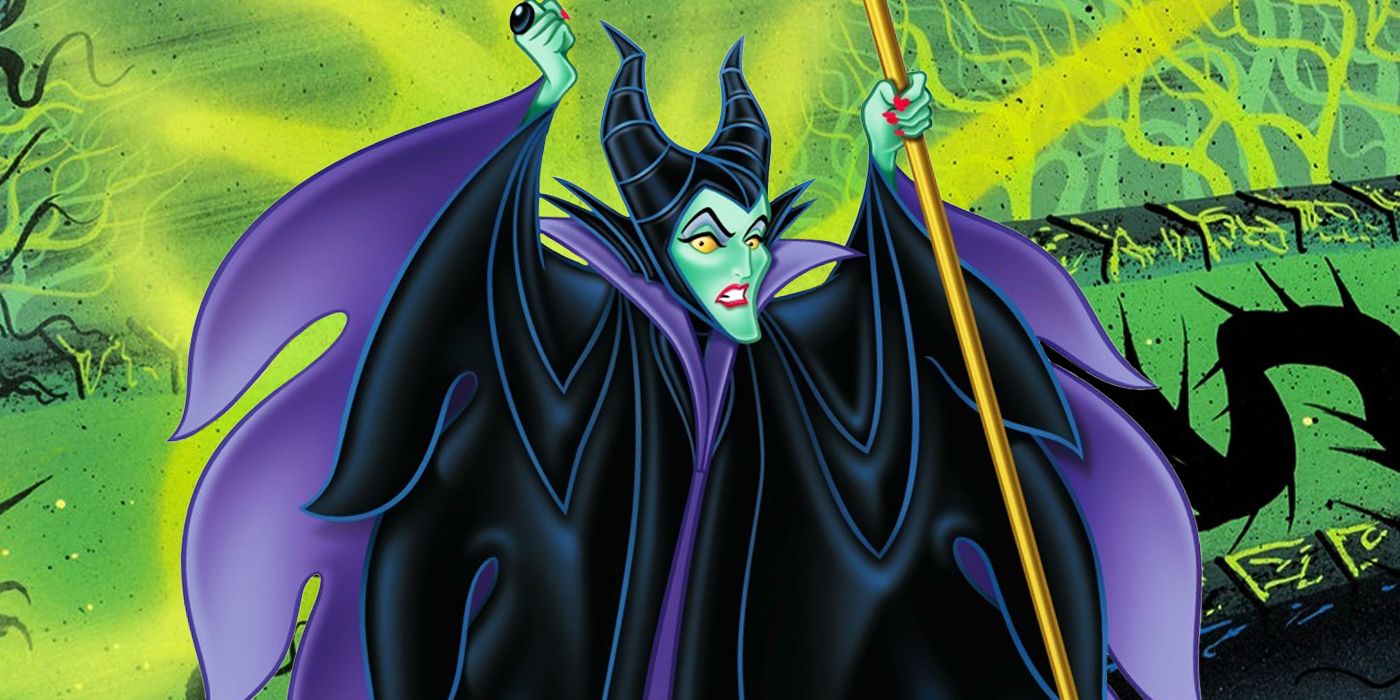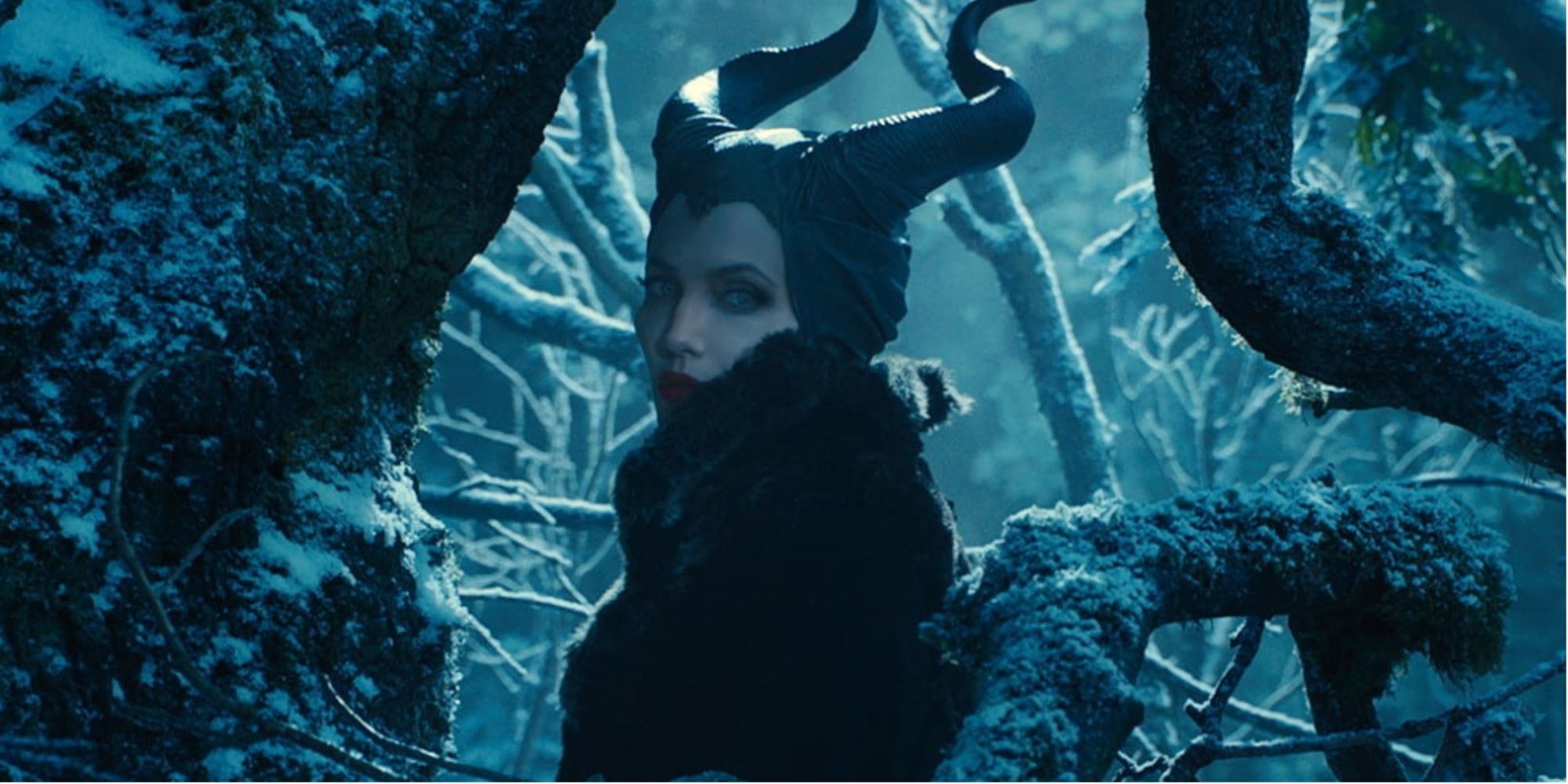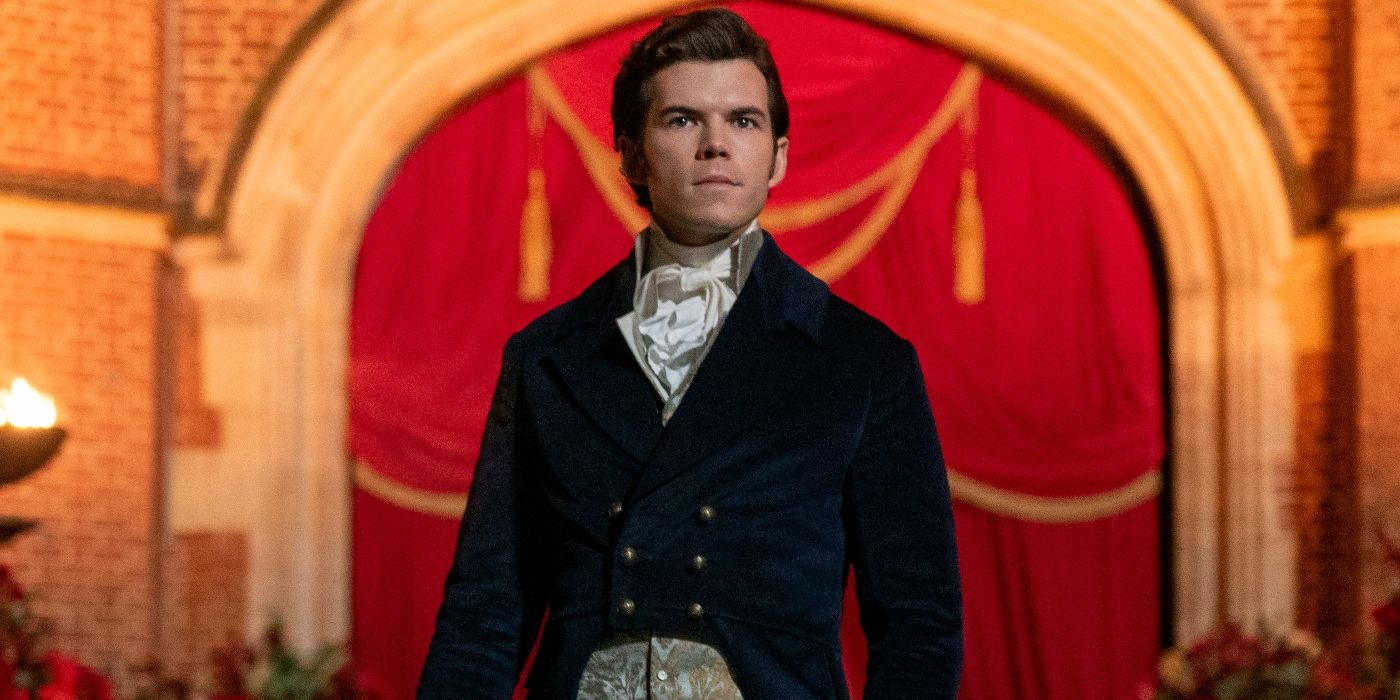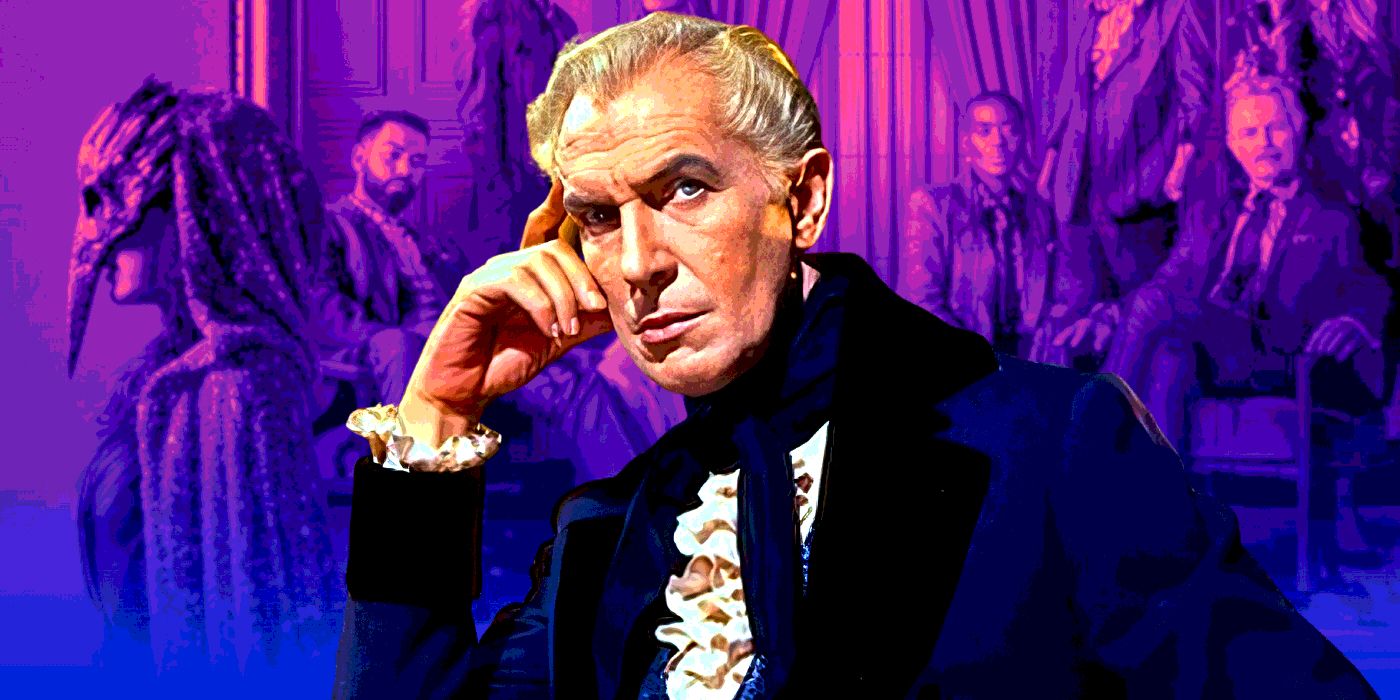The Big Picture
- Maleficent is the most iconic character in Sleeping Beauty, despite not being the hero.
- Maleficent’s unique design, powerful personality, and genuinely scary nature make her unforgettable.
- The live-action film, Maleficent, turned her from a villain into a flawed hero, solidifying her popularity and making her a queer icon in the process.
Sleeping Beauty has been beloved since its release in 1959. With stunning animation, an iconic story, and fascinating characters, it’s no surprise that the film became an instant classic. While Sleeping Beauty introduced Aurora (Mary Costa) to the roster of Disney princesses, even more significantly, the film introduced Disney’s most iconic villain. In one fell swoop, Maleficent (Eleanor Audley) became the most memorable part of the entire movie. Maleficent might be evil, but her character is a quintessential part of the film and has developed a following of her own. Sleeping Beauty shows Maleficent as a unique and powerful antagonist, and unlike other Disney villains, she’s allowed to be terrifying as opposed to a joke.
Maleficent’s role in Sleeping Beauty inspired her rank as a leader among Disney villain crossovers, with two films centering on her: Maleficent and Maleficent: Mistress of Evil. Though there is no redemption for her in the original film, Maleficent reimagined the story to make her into a more sympathetic character. The live-action film takes Maleficent (Angelina Jolie) from a queer-coded villain to an actual example of representation; her story of uniqueness, betrayal, and chosen family turns her into a queer icon. It’s rare for a character who is not the hero to be the most iconic part of the film, but for Maleficent, the world is practically her oyster at this point.
Sleeping Beauty (1959)
- Release Date
- January 29, 1959
- Director
- Clyde Geronimi , Wolfgang Reitherman
- Cast
- Mary Costa , Bill Shirley , Eleanor Audley
- Runtime
- 75
Maleficent Plays an Integral Role in ‘Sleeping Beauty’
Maleficent may not be the lead in the original film, but she set the story into motion with her curse on Aurora, making her necessary to the plot. While that’s true for most villains, Maleficent surpasses them, and her unique image certainly doesn’t hurt. With distinctive horns and green skin, it’s impossible to mistake her for anyone else, though her personality is what truly makes her iconic. Whenever she’s on-screen, Maleficent commands attention. The fact that the princess sleeps for most of the film leaves a major gap in the plot, which would traditionally elevate other heroes, namely Prince Phillip (Bill Shirley) and the three fairies, Flora (Verna Felton), Fauna (Barbara Jo Allen), and Merryweather (Barbara Luddy). While that does happen to an extent (the fairies provide some comic relief), the other characters are just simply not as memorable as Maleficent.
Yet, what makes Maleficent impossible to forget is how genuinely frightening she is, allowing her to live in people’s minds long after the film ends. Not only does her powerful magic allow her to control everyone in the kingdom, but she can be seen calling on the “power of the hell,” as well. Made for a young audience, few Disney villains are as terrifying as Maleficent, partly because villains are usually made to be humorous. This is more common among the older films, with Snow White‘s Evil Queen (Lucille La Verne) and Cinderella‘s Lady Tramaine (Eleanor Audley) being less of a joke than Beauty and the Beast‘s Gaston (Richard White). More recently, Disney has largely avoided villains altogether, like in Encanto or Frozen 2, to keep them child-friendly. In Sleeping Beauty, though, Maleficent is allowed to be scary, and the film doesn’t need to give a reason for that. After all, she does curse a baby for not being invited to a party. Other villains want something, with the heroes standing in their way, but Maleficent shows up just to ruin everyone else’s day, referring to herself as the Mistress of Evil—proudly. Disney does not create villains like Maleficent anymore, making her uniquely terrifying and setting her apart from the others.
‘Maleficent’ Transformed the Iconic Character
Making Maleficent the protagonist of the live-action film gave the character a clear backstory and turned her from an indisputable villain to a flawed hero. Maleficent changed many things from the original film, including building a relationship between Maleficent and Aurora (Elle Fanning) and allowing Maleficent to save the day. Yes, she still curses the baby, letting her anger get the better of her, but with context, it is more understandable. The film explores Maleficent’s youth and shows Aurora’s father, Stefan (Sharlto Copley), betraying Maleficent’s trust, providing a good reason for her grudge against him and his family at the beginning of the film. By making her a complex character, Maleficent turns the former villain into a relatable character, giving her even more fans than before.
Maleficent caused another shift for the character as it rectified Sleeping Beauty‘s queer-coding of the villain. This is a common practice, especially in older films, and it is undoubtedly a part of Maleficent’s history. With her non-feminine appearance and severe nature, Maleficent is one of the many queer-coded Disney villains, but Maleficent takes this a step further. Though she is not shown as gay in the film itself, the themes create a thinly-veiled comparison between Maleficent and the LGBTQ+ community. The movie focuses on what makes Maleficent unique, and though some (like Stefan) fear her for it, it is not portrayed as wrong. The betrayal and violent action from a person she thought she could trust—because of what makes her unique—gives her struggles similar to those that the LGBTQ+ community face. Furthermore, the film focuses on chosen family as Maleficent takes care of Aurora and makes the central love that of familial love between two women, rather than focusing on the romance between Aurora and Phillip (Brenton Thwaites). This film stopped villainizing Maleficent and instead celebrated her, turning her into a queer icon in the process.
Maleficent Earned Her Popularity
Maleficent did not take a traditional path to popularity, but she is still the most iconic character of Sleeping Beauty despite her villainous origins. With Aurora achieving Disney Princess fame, Maleficent had fierce competition for the title. Certainly, both women have found their place, but Maleficent’s journey is far more unique. Even 65 years after Sleeping Beauty was released, Maleficent reigns as one of the most recognizable Disney villains of all time. Her lasting popularity gained her the position of leader among the Disney villains when they cross over, such as in the Descendants franchise or the Kingdom Keeper novels by Ridley Pearson.
Certainly, the new films enhanced Maleficent’s fame, but the character’s popularity inspired the live-action films, not the other way around. Understandably, Maleficent is memorable because of her importance and commanding personality, but time has shown that she is more than deserving of her status. Though she has changed quite a bit since her introduction back in 1959, Sleeping Beauty made Maleficent iconic.
Sleeping Beauty is available to stream on Disney+ in the U.S.
Watch on Disney+






